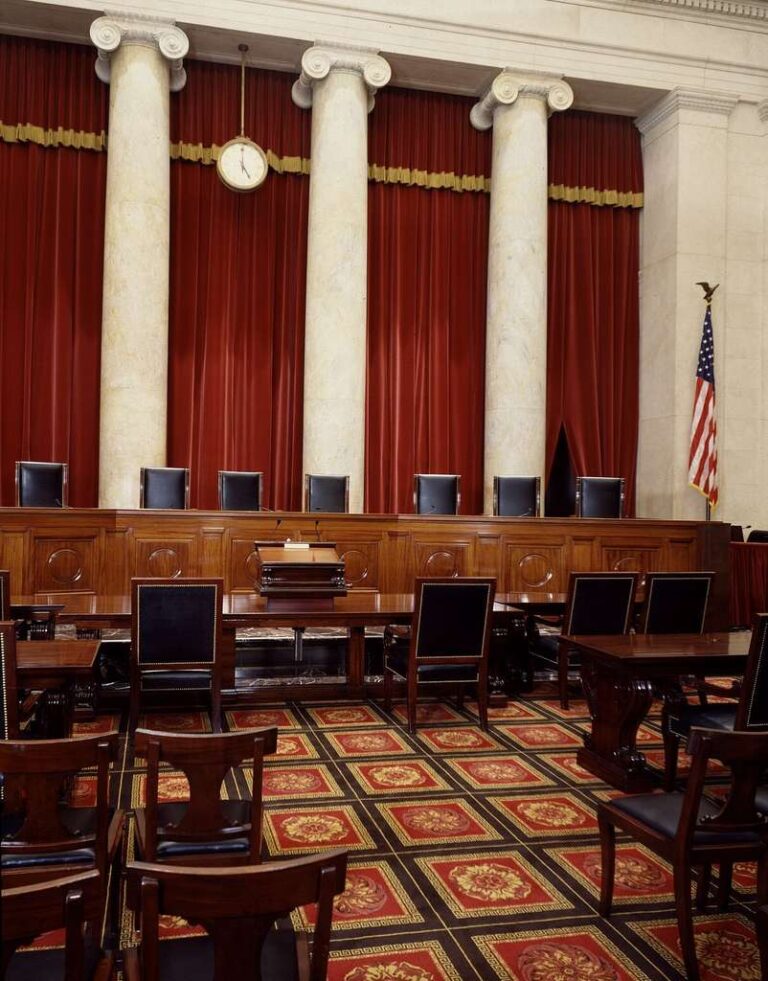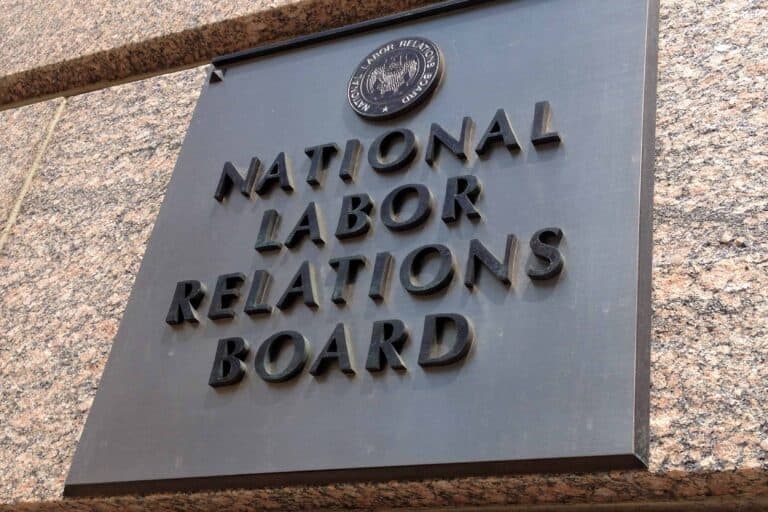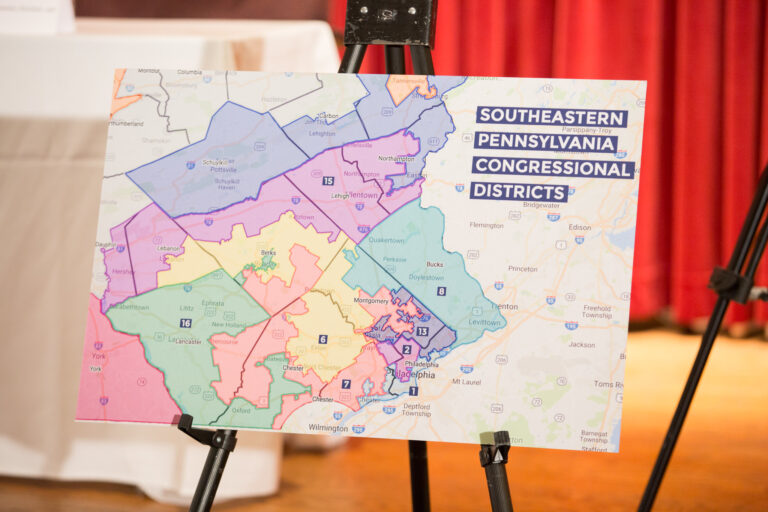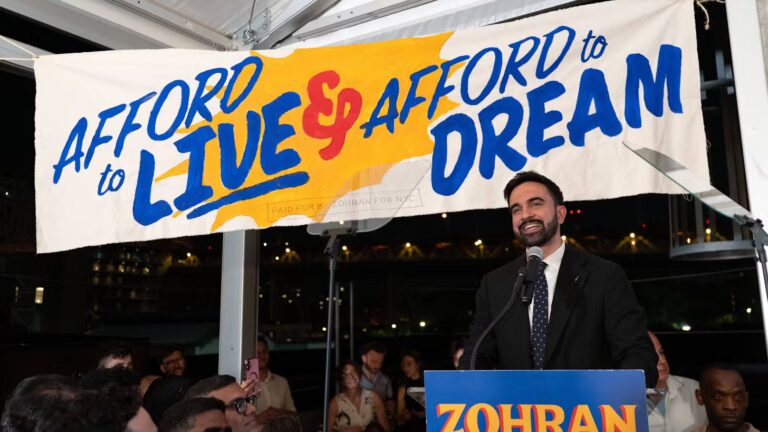
John Fry is a student at Harvard Law School.
As employers across the country hope to halt ULP proceedings against them by imitating SpaceX’s constitutional challenges to the NLRB, a geographic split is emerging. District courts in Texas have halted NLRB proceedings, in part based on Fifth Circuit precedent, while courts in other circuits have roundly rejected the employers’ arguments.
YAPP USA (E.D. Mich.)
Last week, the Eastern District of Michigan denied a preliminary injunction sought by YAPP USA, an auto parts maker charged with ULPs. In its decision, the court first rejected the argument that NLRB Members’ for-cause removal protections violate Article II of the Constitution. The court explained that independent multi-member agencies like the NLRB have been blessed by the Supreme Court since 1935, including in more recent cases that otherwise limited how agencies could be structured.
Second, the court rejected a similar challenge to the removal protections that the NLRB’s Administrative Law Judges enjoy. The court noted that ALJs are inferior officers “who perform adjudicative rather than regulatory functions,” exempting them from the limits on removal protection created by the Supreme Court’s decision in Free Enterprise. The Eastern District of Michigan relied on Sixth Circuit precedent in reaching this conclusion, declining to follow the Fifth Circuit’s 2022 decision in Jarkesy. The court also reasoned that even if the removal protections for Board Members or ALJs were problematic, YAPP had not shown the requisite causation between these protections and its asserted injuries—that is, there is no evidence that the President actually wanted to remove a Member or ALJ, but was unable to do so.
Third, YAPP attempted to use the Supreme Court’s ruling in Jarkesy to assert that ULP proceedings before the NLRB violate its Seventh Amendment right to a jury trial. But the court replied that Jones & Laughlin settled this question in 1937, and that Jarkesy’s treatment of the public rights doctrine did not impact the NLRB. In Jarkesy, the Supreme Court held that the SEC’s attempt to impose a civil penalty for securities fraud was sufficiently similar to a traditional common-law fraud claim for the Seventh Amendment right to a jury trial to apply. By contrast, the Eastern District of Michigan observed, the NLRA has no analogue at common law.
YAPP also argued that the Biden NLRB’s more expansive view of remedies (announced in Thryv) exceeded the agency’s authority under the NLRA. But the court replied that this was a challenge grounded in the text of the NLRA, not a constitutional issue. Whether a remedy is statutorily authorized or not does not implicate the Seventh Amendment, the court continued, and the appropriate means of challenging a remedy as excessive would be through review of a Board decision in circuit court, not an interlocutory challenge in district court.
Finally, the court questioned whether it even had jurisdiction to hear YAPP’s Seventh Amendment arguments, because it was not the sort of structural challenge that Axon allows to be brought in an interlocutory challenge to agency action.
Nexstar Media (N.D. Ohio)
In Ohio, television company Nexstar Media launched a suit substantially identical to YAPP’s, alleging the same constitutional defects with the NLRB. In late August, the Northern District of Ohio dismissed the case for lack of jurisdiction. The court’s decision focused on Nexstar’s Seventh Amendment argument and, like the YAPP decision, concluded that Axon did not authorize the court to consider the question of whether the potential remedies sought from the company required trial by jury.
The court reached this holding by analyzing the three Thunder Basin factors discussed in Axon: First, the court ruled that dismissing the case would not deny Nexstar meaningful review of its Seventh Amendment claim, because the company could challenge the remedies levied against it in circuit court following a Board decision. Second, the court ruled that the question of which remedies are appropriate was not “collateral” to the provisions of the NLRA. Third, the court ruled that the question of appropriate remedies was within the NLRB’s area of expertise. Because all three factors weighed against entertaining Nexstar’s challenge, the court dismissed the case.
Energy Transfer (S.D. Tex.)
Meanwhile, the pattern of injunctions in Texas continues. After oil company Energy Transfer sued to enjoin ULP proceedings against it, the Southern District of Texas granted a preliminary injunction. The court reached its decision based on the Fifth Circuit’s Jarkesy decision, concluding that ALJs at the SEC and NLRB were identical in the relevant respects.
In order to get around the causation problem discussed in YAPP, the court distinguished two types of challenges to agency action. The first type challenges an action that an agency has already taken, and requires a showing that the removal protection at issue caused that action in some way, due to the Supreme Court’s holding in Collins v. Yellen. But in the second type of challenge, the asserted injury is the mere fact of having to appear before a constitutionally defective agency. In such a case, the Southern District of Texas reasoned, a challenger would not need to show that the alleged constitutional defect actually caused it some more concrete form of harm (such as an adverse decision). Because Energy Transfer mounted a challenge of the second type, the court concluded it could enjoin the ULP proceedings.
Further copycat suits from employers accused of ULPs will almost surely continue, especially in the Fifth Circuit, where injunctions are highly probable. For example, Amazon filed suit in the Western District of Texas early this month. In its complaint, the company seeks (yet again) to overturn the 2022 election in which the Amazon Labor Union won the right to represent Amazon workers at a Staten Island warehouse. How the merits of these constitutional claims will ultimately be decided remains to be seen.










Daily News & Commentary
Start your day with our roundup of the latest labor developments. See all
December 12
OH vetoes bill weakening child labor protections; UT repeals public-sector bargaining ban; SCOTUS takes up case on post-arbitration award jurisdiction
December 11
House forces a vote on the “Protect America’s Workforce Act;” arguments on Trump’s executive order nullifying collective bargaining rights; and Penn State file a petition to form a union.
December 8
Private payrolls fall; NYC Council overrides mayoral veto on pay data; workers sue Starbucks.
December 7
Philadelphia transit workers indicate that a strike is imminent; a federal judge temporarily blocks State Department layoffs; and Virginia lawmakers consider legislation to repeal the state’s “right to work” law.
December 5
Netflix set to acquire Warner Bros., Gen Z men are the most pro-union generation in history, and lawmakers introduce the “No Robot Bosses Act.”
December 4
Unionized journalists win arbitration concerning AI, Starbucks challenges two NLRB rulings in the Fifth Circuit, and Philadelphia transit workers resume contract negotiations.